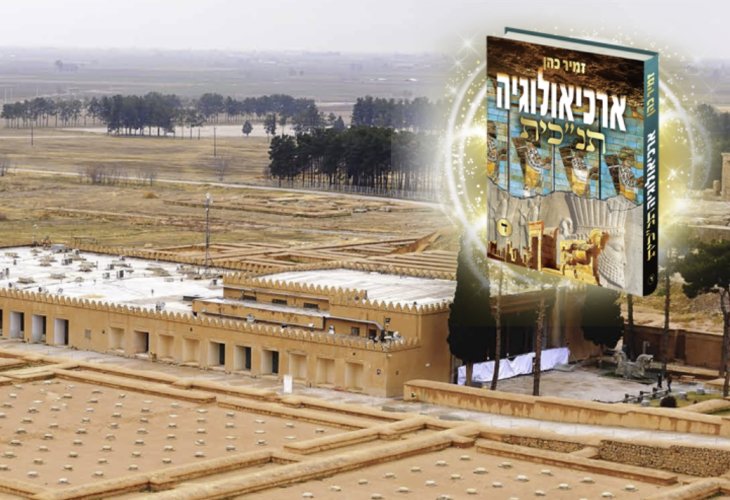The Mystery of Queen Vashti: An Archaeological Perspective
King Ahasuerus had 400 women, but records surprisingly mention a Persian queen named Vashti.
 The reconstructed women's quarters, Palace of the King of Persia at Persepolis
The reconstructed women's quarters, Palace of the King of Persia at PersepolisWhile King Ahasuerus was hosting his lavish feast, Queen Vashti held a gathering for the women, as it is written: "Queen Vashti also gave a feast for the women in the royal palace of King Ahasuerus." According to Midrash, the sages noted that she had "set them up in decorated houses."
Indeed, among the remnants of the palace in Shushan, archaeologists discovered many painted bricks featuring impressive animal figures, flowers, and various decorations that adorned the walls of some palace rooms. These items are on display at the local museum in Shushan and the Louvre in Paris.
The Megillah tells of a significant event during the feast that led to Queen Vashti's deposition and Esther's ascension as queen. On the seventh day of the feast, when the king's heart was merry with wine, he ordered Vashti to appear to showcase her beauty before the peoples and princes. But Vashti refused, which greatly angered the king. On Memucan's (Haman's) advice, he decided to remove her and to execute her, and to choose a new queen:
"On the seventh day, when the heart of the king was merry with wine, he said... to bring Queen Vashti before the king with the royal crown... but Queen Vashti refused to come... and the king was very angry and his wrath burned within him.
Memucan said before the king and the princes... if it please the king, let there go forth a royal command... that Vashti shall not come before King Ahasuerus, and her royal estate the king shall give to another who is better than she...
The king's servants suggested: Let beautiful young virgins be sought for the king... and the maiden who pleases the king shall become queen instead of Vashti. This pleased the king, and he acted accordingly."
Identifying the wives of Persian kings is challenging. The ancient historian Josephus wrote that Ahasuerus had 400 women at his disposal. Certainly, the names of most of these women haven't been preserved archaeologically, making identification difficult. However, unusually, there is documentation of a Persian queen with a name similar to Vashti:
"The mother of Artaxerxes II... her Persian name was Parvashtish, and by omitting the initial letters and the suffix, which are common in other names, the name Vashti emerges."
Here we have reliable historical evidence that the name Vashti fits well within the history of Persian royalty.
From the book "Biblical Archaeology Volume D" by Rabbi Zamir Cohen Shlita, now available in stores. To purchase the book, click here.

